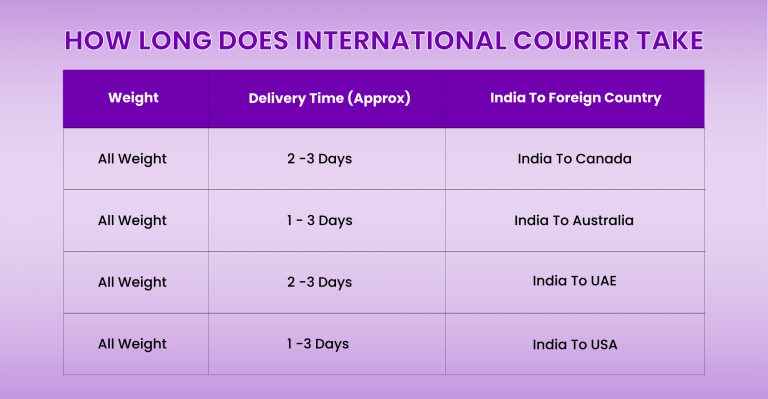Confused About Lithium Battery Shipping? This Guide Makes it Easy!
Lithium batteries are the lifeblood of modern devices, from smartphones and laptops to power tools and even electric vehicles. But their convenience comes with a responsibility: safe and compliant shipping. Whether you’re a seasoned shipper or just starting out, navigating the regulations surrounding lithium battery transport can be a challenge.
This comprehensive guide will equip you with the knowledge to confidently ship lithium batteries by air, ground, or sea. We’ll delve into battery classifications, packaging best practices, essential labeling requirements, and regulations set by different governing bodies.
Understanding Lithium Battery Classifications
The first step in safe lithium battery shipping is understanding how your batteries are classified. Different regulations apply based on factors like chemistry, watt-hour (Wh) rating, and whether they’re contained in a device. Here’s a breakdown of the main classifications:
- Excepted Quantities: These are small batteries with a low Wh rating, typically found in everyday devices like watches and calculators. They are exempt from most regulations but still require proper packaging and labeling.
- Lithium Ion Batteries (UN 3480): This covers most rechargeable lithium batteries used in consumer electronics and power tools. They are further categorized based on Wh rating:
- Passenger and Cargo Aircraft: Up to 100 Wh per battery, 300 Wh per package.
- Cargo Aircraft Only: Up to 270 Wh per battery, 2 Wh per gram for lithium metal content.
- Lithium Metal Batteries (UN 3090): These are generally non-rechargeable batteries used in cameras and medical devices. They have stricter regulations due to their higher fire risk.
Pointers for Secure Packaging:
Safe packaging is crucial to prevent damage during transit and potential fire hazards. Here are some key pointers:
- Use strong outer packaging: Cardboard boxes with a minimum thickness of 1.8mm (0.07 inches) are recommended.
- Inner containers: For loose batteries, use plastic battery cases or dividers to prevent short circuits.
- Absorbent materials: In case of leaks, include absorbent material like vermiculite to neutralize electrolytes.
- Lithium Battery Marks: Ensure your packaging displays the Lithium Battery Marks for proper identification.
Essential Labeling Requirements:
Clear and accurate labeling is vital for safe handling. Your labels should include:
- UN Identification Number: This unique identifier denotes the type of battery (e.g., UN 3480 for Lithium Ion Batteries).
- Proper Shipping Name: For example, “Lithium Ion Batteries” or “Lithium Metal Batteries.”
- Package Type: Specify whether it’s “Excepted Quantity” or “Passenger and Cargo Aircraft” based on your classification.
- State of Charge: Indicate the battery’s charge level, especially for air shipments.
- Lithium Battery Mark: A diamond-shaped symbol with specific information within.
Navigating Regulations: A Bird’s-Eye View
Lithium battery shipping regulations are established by international bodies and then adopted by individual countries with potential variations. Here’s a glimpse into the key regulatory bodies:
- International Air Transport Association (IATA): Sets the standard for air freight. Their Lithium Battery Guidance Document outlines specific requirements for packaging, labeling, and documentation for air shipments.
- International Maritime Dangerous Goods (IMDG) Code: Governs sea freight and details packing, labeling, and stowage requirements for lithium batteries transported by ship.
- The Pipeline and Hazardous Materials Safety Administration (PHMSA): Oversees lithium battery transportation within the United States. Their Lithium Battery Guide for Shippers provides a comprehensive resource for domestic regulations.
Additional Tips for Smooth Sailing
- Consult your carrier: Different carriers might have additional requirements. Always check their specific regulations before shipping.
- Classify accurately: Misclassifying your batteries can lead to delays, fines, or even confiscation. When unsure, consult a battery safety expert.
- Stay updated: Regulations are subject to change. Regularly check for updates on the websites of relevant regulatory bodies.
- Consider training: Invest in proper training for your staff to ensure they’re well-versed in lithium battery shipping procedures.
By following these guidelines and staying informed about regulations, you can confidently and safely ship your lithium batteries, ensuring they reach their destination without a hitch. Remember, a little knowledge goes a long way in keeping everyone safe during transport!
For further resources, consider checking out the official websites of:
- International Air Transport Association (IATA): https://www.iata.org/
- International Maritime Organization (IMO): https://imo.org/
- Pipeline and Hazardous Materials Safety Administration (PHMSA):







